What IAMAI said on the current state of TV ratings measurement
Following TDSAT’s May 21, 2019 order on landing page and the TRAI mandated new tariff order, TV audience measurement has come under deep focus. It may be recalled that TRAI had issued a Consultation Paper on December 3, 2018, to review television audience measurement and rating in India. The Internet and Mobile Association of India (IAMAI) has made several submissions on the Consultation Paper.
The issue of transparency
TRAI’s Consultation Paper had raised the question on whether BARC has been able to accomplish the purpose with transparency and without any bias for which it has been established. To this, IAMAI noted that based on feedback from the industry, “it appears that BARC has not been entirely successful in achieving its purpose with transparency”.
It may be recalled that in September 2014, BARC India had stated in their transparency approach that there would be multiple vendors to ensure transparency, and had also claimed that the right hand would not know what the left hand was doing.
As per TRAI’s 2008 recommendation, “BARC shall not undertake audience measurement directly and shall resort to open, transparent and competitive bidding for the various stages involved in the rating process”.
IAMAI pointed out that in practice, the whole process of collecting, processing and publishing the data is controlled by BARC at its own premise with little contribution from outside agencies. As a result, there is no transparency over the original collected data and the difference between the original and the final data released to the market. It further stated that at present, the top management of BARC is involved in the weekly ratings validation process.
In order to detect manipulation and to reduce its impact on overall TV ratings, IAMAI suggested that the data from Barometers (peoplemeters) collected should not reach BARC, instead it should be received by a third party vendor experienced in audience measurement practice. The responsibility of data validation, outlier detection and extrapolation as well as channel/ show ratings for every week should be owned by the third party. BARC will only get to know the ratings post the release of data along with other stakeholders.
Read more: BARC & Nielsen part ways, putting a question mark on Ekam’s future
Apart from that, IAMAI called for continuously evolving the system of outlier detection (influence is one of them) using multiple techniques. It said, “When the system identifies outliers, they should be investigated for their deviation from: a) their past behaviour, and b) the viewership pattern of the general population. Investigation feeds into fine-tuning the rules and algorithms for outlier detection.”
IAMAI further stated, “There should be periodic audit of modifications made to the original data via outlier detection, omission of a few records and its justification, etc., by the third party using the same rules that BARC applies to the data at the time of processing it. The actions taken on the data during the validation process should be archived in the server with the name / ID of the person who modifies the original meter data.”
Sample size and Return Path Data
IAMAI also called for increasing the overall sample size so that the impact of a single household on overall viewership trend is lesser. Along with this, it added that Return Path Data (RPD) needs to be integrated with BARC panel as soon as possible.
According to IAMAI, a sample size of 75,000 - 100,000 peoplemeter homes should be reasonable. However, this sample needs to be supplemented with RPD. “For India, we should aim for at least 1 million homes with the caveat, the more the better. To achieve this number, DPOs must be mandated to facilitate collection of second level data from sample homes,” it added.
RPD involves capturing TV viewing data of homes with addressable set-top boxes (DTH and digital cable) by enabling “return path” flow of data. Since the viewer is not conscious about the collection of data, there is a lower chance of data manipulation. The accuracy of data also increases exponentially with the sample size. Most of the set-top boxes are ready to use for RPD. IAMAI suggested that the cost could be borne by the pool created from the advertiser money to create a robust currency.
Further, IAMAI also stressed on introducing measurement of OTT, which is also important as growth in OTT is significant and the current system is leaving these viewers out.
The issue of panel tampering/ infiltration
TRAI’s Consultation Paper also seeks to address the issue of panel tampering/ infiltration. An industry source, on condition of anonymity, explained that infiltration is usually a method adopted by small channels which take the help of cable operators to trace BARC panel HHLds and then bribe them, requesting to watch a specific channel for longer time, or in some cases even offered a second TV where they watch other channels.
According to the industry source, there are other ways in which the tampering happens – heavy use of landing page and dual LCN on MSOs in areas where maximum BARC panel HHLds are recruited. Another way of tampering involves re-writing the audio of one channel on another channel. Explaining how this is done, the industry source said, “As BARC bar-o-meter measures viewership only on audio watermark, it registers viewership by channel audio, immaterial of what channel you are viewing. This is practiced mostly in less than 1 lakh towns and rural where weight are very high.”
IAMAI has called for tough actions against broadcasters who attempt to influence the rating system. It emphasised, “Detailed fact finding to establish the connections between intermediary and the broadcaster is essential. Once such a link is established, tough action needs to be taken against both the channel as well as the intermediary, to serve as a strong deterrent for channels and intermediaries who indulge in such activities.”





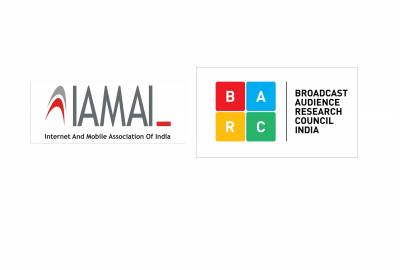
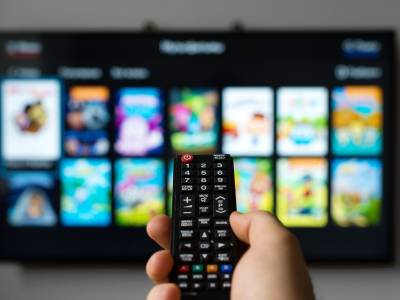

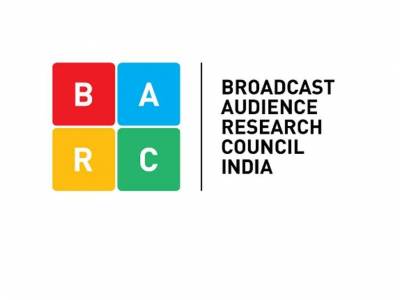


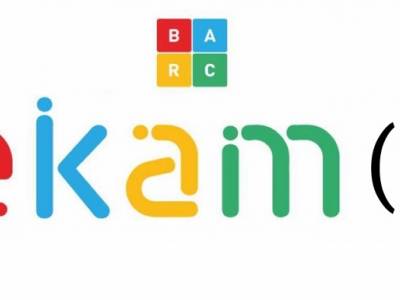
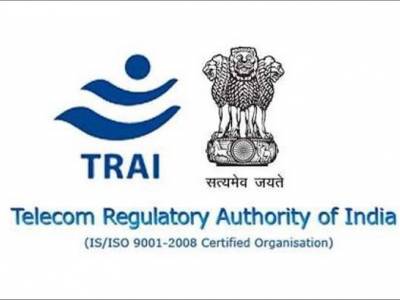
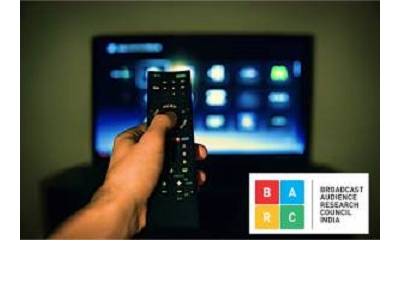





Share
Facebook
YouTube
Tweet
Twitter
LinkedIn